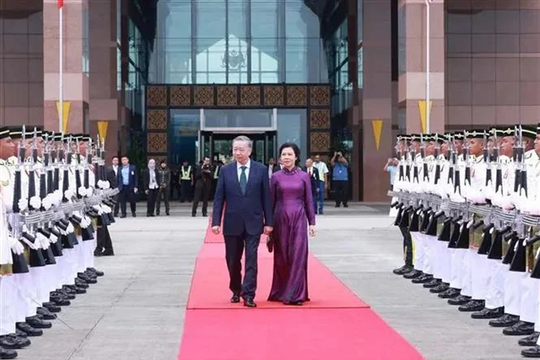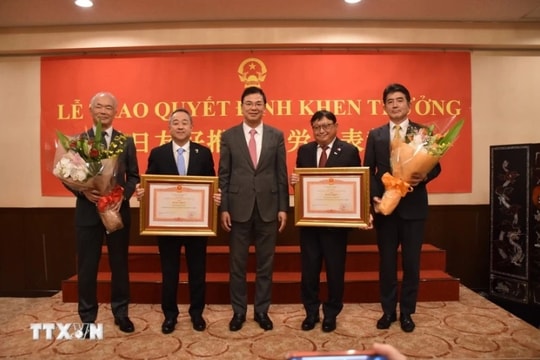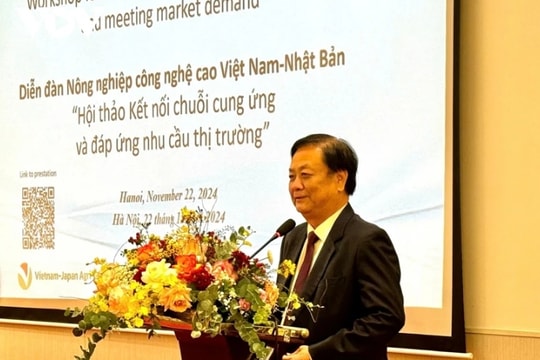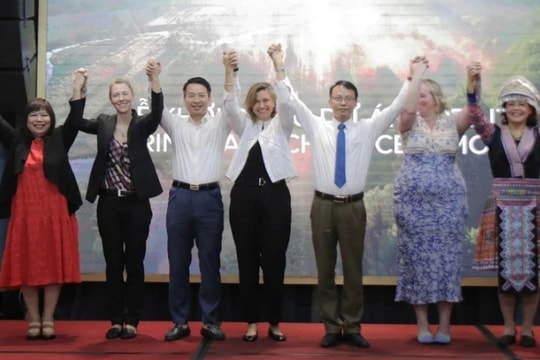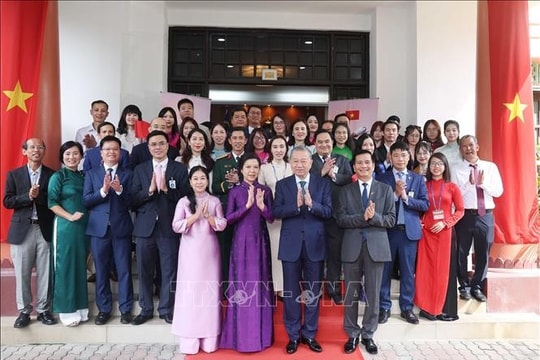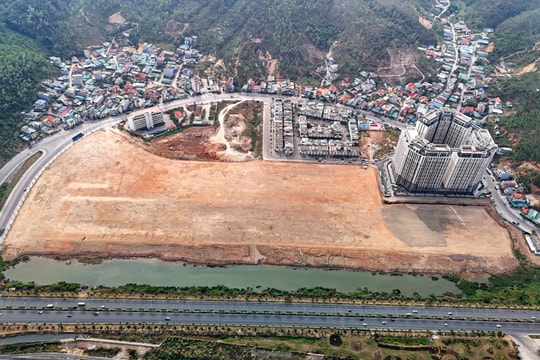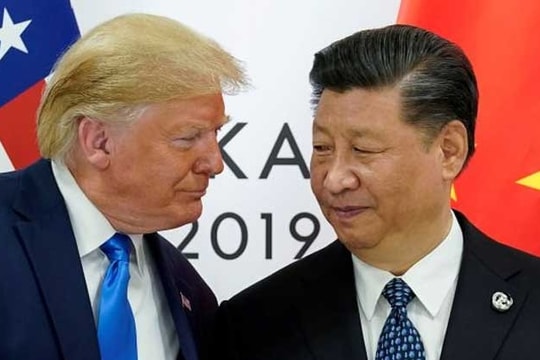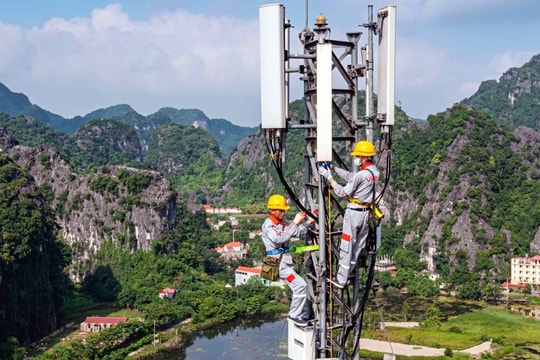
While the labour supply is expected to remain stable with a slight decline by 2030, labour demand is projected to rise steadily, exceeding supply from 2023 onwards. This trend could lead to labour shortages, particularly after 2027, potentially driving up wage levels and intensifying competition among companies for skilled talents.
The strategy defines key sectors that will influence the city's future workforce needs, including digital transformation, hi-tech industries and service-oriented economy.
To address these evolving needs, the city will selectively attract investments in hi-tech industrial production and application while discouraging those relying heavily on manual labour or posing environmental risks. Businesses will be encouraged to adopt modern machinery and advanced technologies, fostering a green, digital, and circular economy.
The city aims to strengthen its position as a regional hub by investing in services like financial centres, international trade, and specialised healthcare.
These measures are intended to elevate Ho Chi Minh City to the same level of major cities in Southeast Asia and the world.
Recognising the need for a skilled workforce, the city plans to develop a robust professional labour demand forecasting system, which will provide data-driven insights for training courses, ensuring they align with industries' needs and educational levels.
It will build a labour market information system for ASEAN, as workers in certain industries and occupations are enabled to freely move among member countries. This initiative seeks to create sustainable employment opportunities and enhance productivity for workers.



